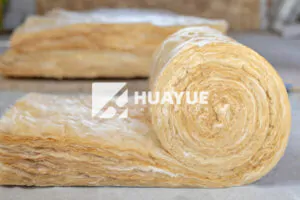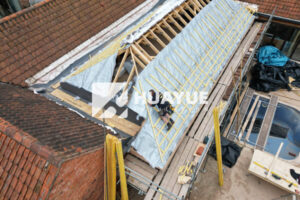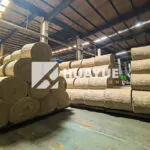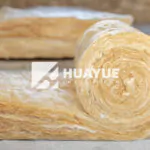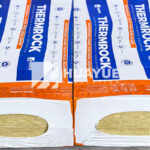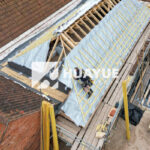How long does fiberglass batt insulation last?
People worry their insulation is not doing its job, leading to higher energy bills and discomfort. Let’s break down how long fiberglass batt insulation actually lasts, and what affects that lifespan.
Fiberglass batt insulation can last anywhere from 50 to 100 years when installed under ideal conditions, provided it stays dry, undisturbed, and free from mold or damage.
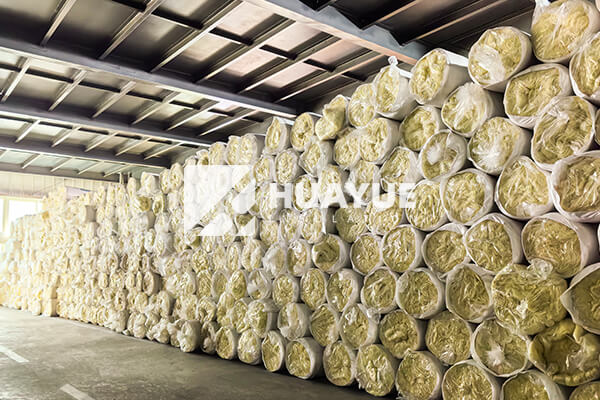
Many people think insulation is “set and forget,” but that is not always true. I see the need to inspect insulation as part of routine maintenance. Sometimes, problems show up after leaks or renovations. Let me take you through what affects the life of fiberglass batt insulation and when you should think about replacement.
Lifespan of Fiberglass Insulation
Worried your fiberglass insulation will give out soon? Old or damaged insulation can lead to poor energy efficiency and high maintenance costs.
Fiberglass insulation can last for several decades and often performs well for more than 50 years if kept dry and protected from physical damage.
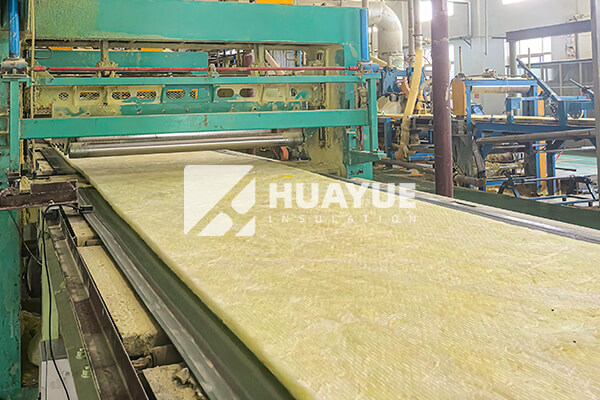
The true life of fiberglass batt insulation depends on how and where it is installed. I have seen insulation projects fail within just 10 years because of moisture, pest infestation, or frequent disturbance. On the other hand, properly installed insulation in a dry attic or wall cavity can easily last the entire lifespan of a building. Here’s a simple table showing the most important factors:
| Factor | Effect on Lifespan | What to Watch For |
|---|---|---|
| Moisture | Shortens lifespan | Water leaks, humidity |
| Physical disturbance | Shortens lifespan | Renovation, foot traffic |
| UV exposure | Damages insulation | Exposed pipes, skylights |
| Mold or pest activity | Reduces performance | Odors, visible damage |
| Fire or high heat | Partial destruction | Past fire incidents |
If you want your insulation to last a lifetime, keep it dry, protected, and undisturbed. I always recommend regular checks, especially after roof leaks, pipe bursts, or major changes. Not all old insulation needs replacing, but sometimes early intervention saves on future costs.
How often should fiberglass insulation be replaced?
People want to know if there’s a fixed schedule for insulation replacement. It is confusing when advice varies based on experience and materials in use.
You do not need to replace fiberglass insulation on a strict schedule; replace it when there are signs of damage, moisture, or a big drop in performance.
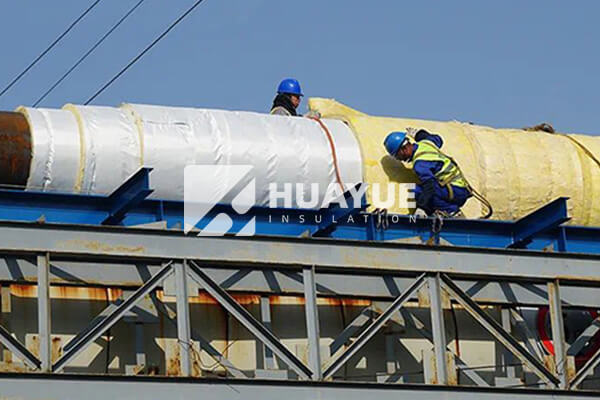
I have seen fiberglass batt insulation last over 40 years without any issues. The key is inspection. Here are the main signs you need to look for:
- Wet or damp insulation: This is the most urgent reason to replace.
- Mold or a musty smell: Indicates moisture problems.
- Settling or missing pieces: Reduces performance.
- Increase in energy bills: Often a clue to failing insulation.
- Visible pest activity: Rodents or insects can destroy the insulation.
If you have not looked at your insulation in a while, check for these signs. It is often better to repair small areas or replace only the damaged batt. Unlike foam or blown-in insulation, fiberglass batts can be spot-replaced.
How long does a fiberglass batt last?
Some people wonder if each individual batt has a set life. They question if one bad section means the rest is bad too.
A single fiberglass batt can last 50 years or more if it is undisturbed, dry, and not exposed to UV light or frequent contact.
Each batt is only as good as its environment. If one batt is wet or damaged, replace only that piece after fixing the root cause. I always urge facility managers and homeowners to look for uneven performance and dampness. In critical areas like industrial tanks or commercial buildings, insulation is more likely to suffer physical damage or moisture issues from leaks or vapor drive. With routine checks and spot repairs, most fiberglass batts can outlast many other building materials.
Is 30 year old insulation still good?
There is uncertainty around the quality of old insulation. People are not sure if age alone is a reason to replace it.
Thirty year old fiberglass insulation can still be effective if it is dry, has not been compressed, and shows no signs of mold or pest damage.
Age is not the only measure of insulation performance. When I walk through old facilities, I check for moisture, air gaps, and settled areas. Many times, the insulation from decades ago is in perfect condition. However, be on the lookout for drooping, missing batts, or heavy settling. Compare temperatures and energy use over the years—sudden changes are red flags. Only replace insulation when you see clear evidence that it is no longer working as designed.
Does Fiberglass Insulation Deteriorate Over Time?
People want to know if their investment will break down just from age. The idea that insulation simply “rots” over time worries many buyers.
Fiberglass insulation will not rot or deteriorate on its own; it holds up well unless exposed to moisture, UV, or repeated disturbances.
Fiberglass is made from spun glass fibers and binds together with minimal chemical additives. Unlike organic materials, it does not support mold growth, nor does it break down in normal conditions. Its structure keeps air trapped and insulates for decades. Still, dirt, dust, or pests can break down some of its performance over time. A little care goes a long way: keep the insulation dry and not in direct sunlight. In tanks or buildings with high vapor drive, always use proper vapor barriers to keep insulation in top shape.
Conclusion
Fiberglass batt insulation can serve a building for decades. Inspect and repair when needed, and it will keep doing its job for the long haul.
You may also be interested in:
Ready to Get Started?
Get in touch with our experts for personalized solutions tailored to your needs.
Get Free QuoteLatest Articles
Let's Work Together
Ready to take your business to the next level? Get in touch with our team of experts and let's discuss how we can help you achieve your goals.
Get Free Solutions
